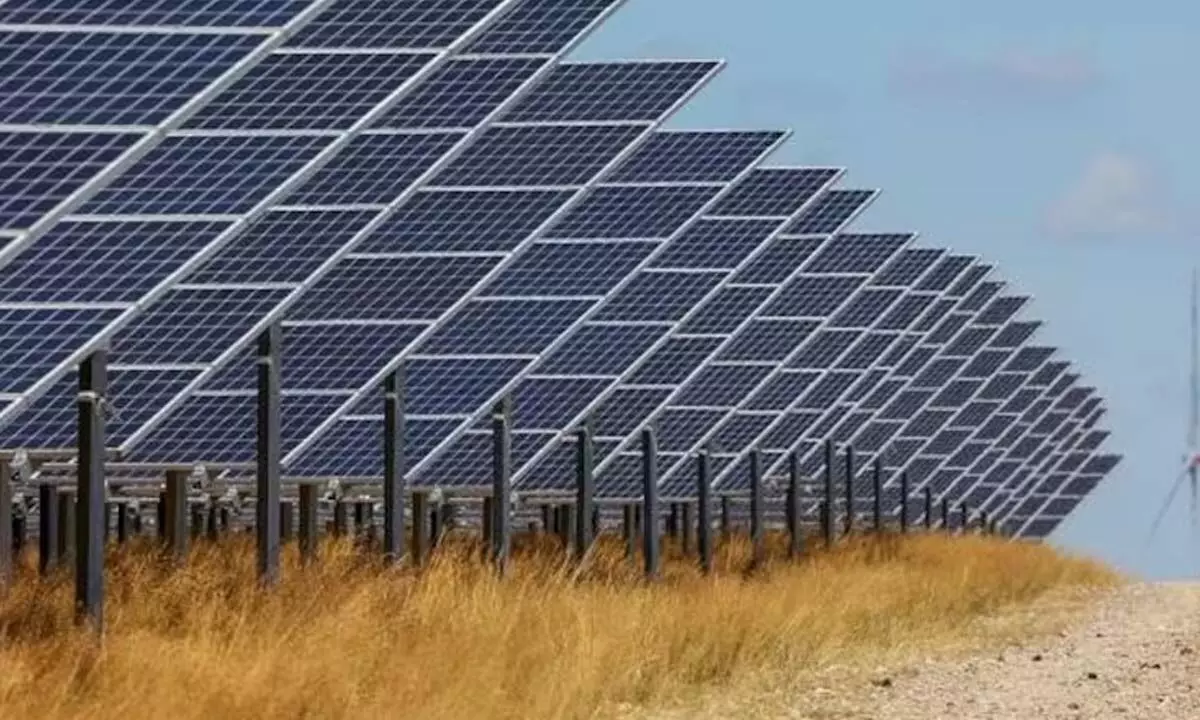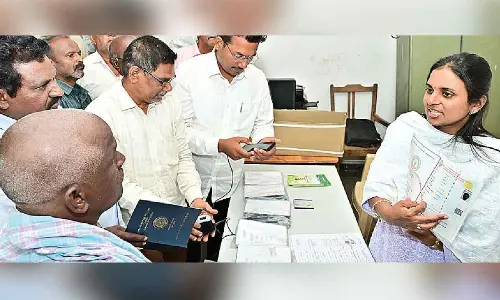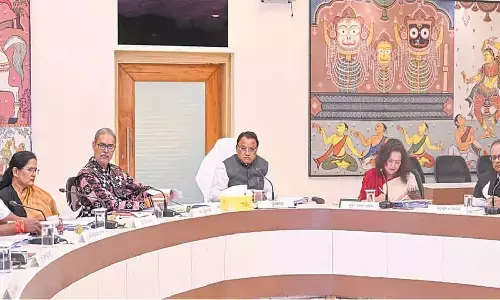Solar energy rooftop revolution set to empower India

Solar energy will play a crucial role in India’s aspirations to generate 500 GW of renewable energy by 2030.
Solar energy will play a crucial role in India’s aspirations to generate 500 GW of renewable energy by 2030. It is a vital component in the country’s efforts to reduce dependence on fossil fuels and combat climate change. Rooftop solar energy holds great promise for consumers, as it has the potential to contribute significantly to overall power cost reduction and enhance energy security. Additionally, it can greatly improve access to electricity in remote and hilly regions like the Northeast, where uninterrupted power supply from the grid is often a challenge.
Over 25 crore households have the potential to deploy 637 GW of solar energy capacity on rooftops, according to the latest independent report released by the Council on Energy, Environment and Water (CEEW). Further, the report found that deploying just one-third of this total solar technical potential could support the entire electricity demand of the country’s residential sector (~310 TWh).
However, the technical potential reduces to one-fifth (118 GW) after factoring in the current electricity consumption of households. Most residential consumers fall in the low-consumption slabs and solar may not be economically feasible for them without financial support even though it is technically possible. The potential reduces further to 11 GW when no capital subsidy is considered. The payback period for rooftop solar is restricted to five years when consumers’ willingness is factored to buy rooftop solar.
However, with the Ministry of New and Renewable Energy’s capital subsidy, the potential increases to 32 GW making the solar systems feasible for a larger number of consumers. Currently, India has installed 11 GW of rooftop solar capacity, of which only 2.7 GW is in the residential sector.
The CEEW report, supported by Bloomberg Philanthropies, did a bottom-up analysis across 21 States that cover 97 per cent of the country’s population. It found that 60 per cent of the residential rooftop potential is concentrated in just seven states — Uttar Pradesh, Maharashtra, West Bengal, Odisha, Rajasthan, Andhra Pradesh and Tamil Nadu.
India’s rooftop solar potential is spread geographically across states in contrast to other renewable technologies such as utility-scale solar and wind projects, and could be critical to the energy transition ambitions of states. Moreover, rural areas show higher technical potential based on residential rooftop area (363 GW) compared to urban areas across states (274 GW).
But the rooftop revolution isn’t just about personal liberation; it’s a collective power shift. Think of every solar panel as a tiny green soldier joining the fight against climate change. As more and more houses sprout these sun-powered flags, the reliance on fossil fuels diminishes, the air clears, and the planet breathes a sigh of relief. It’s not just about reducing your carbon footprint; it’s about building a greener future, brick by solar panels, for generations to come. Of course, every revolution has its battles. The upfront cost of solar panels can feel daunting, like scaling Mount Everest in flip-flops. But hold on! The landscape is changing rapidly.
Government incentives, falling technology costs and innovative financing options are making solar more accessible than ever. Soon, that mountain will look like a gentle stroll in the park, especially when you compare it to the ever-escalating bills and the gnawing anxiety of relying on a volatile energy market.
According to another CEEW study released simultaneously, solarising residential households offers huge economic benefits to power distribution companies (discoms). The study on solarising rural households in Bihar and Meghalaya highlights lifetime economic gains to the tune of Rs. 2,700 crore per 100 MW of solar capacity to discoms. The benefits will be due to reduced cross-subsidy burden, improved transmission and distribution losses, and lower average cost to serve consumers.
The CEEW study recommends introducing targetted capital subsidies for consumers, particularly for rooftop solar system sizes of 0-3 kW, and recognising systems below 1 kW in policies and regulations. Further, for consumers, states should create a one-stop platform for rooftop solar to provide basic, reliable, and compelling information about rooftop solar. At the national level, there is a need to roll out awareness campaigns to generate demand.
To unlock the market, there is a need to introduce enabling regulations, including the recognition of innovative models (such as community solar and solar partners) beyond the traditional CAPEX and OPEX models and introduce low-cost financing options for residential consumers.
The rooftop revolution isn’t just about technology; it’s about a fundamental shift in perspective. It’s about reclaiming control, becoming an active participant in the energy game and leaving a legacy of sustainability for our future generations.

















